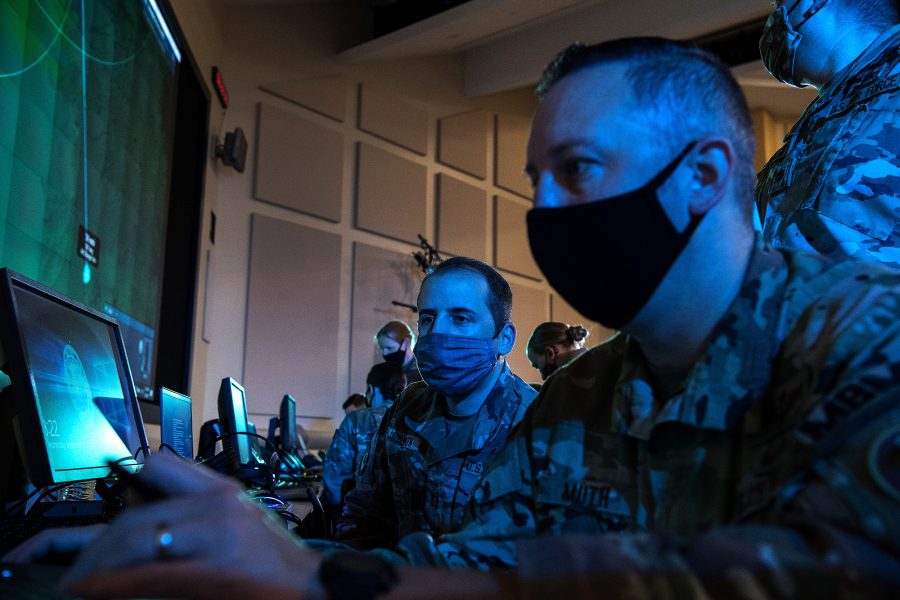The Pentagon’s overarching joint all-domain command and control strategy, a document outlining the entire Defense Department’s effort to link sensors and shooters together, will be presented to Defense Secretary Lloyd J. Austin III in the coming days.
USMC Lt. Gen. Dennis A. Crall, the Joint Staff’s chief information officer who is overseeing the effort, said at C4ISRNET’s virtual conference April 21 that the strategy has been briefed to Chairman of the Joint Chiefs of Staff Gen. Mark A. Milley and is now going through edits, which will be done in days. With Deputy Defense Secretary Kathleen Hicks already expressing support, the strategy should move forward quickly.
The JADC2 Strategy has been in the works for months, as the Air Force has progressed on its own Advanced Battle Management System effort along with the Army’s Project Convergence and the Navy’s Project Overmatch. The goal is to align these efforts and provide the framework for decision making going forward.
Crall said there will be a “pretty satisfying” unclassified version of the strategy released to improve the public’s understanding of the effort. This document has not been approved yet, but will outline the multiple lines of effort the strategy will address. Much of the line of effort focusing on the nation’s nuclear command and control apparatus will remain classified, but overall, “readers will be able to get the full sense of the direction JADC2 is heading, and maybe some of the delivery milestones that we’re looking to achieve.”
Following the release of the strategy, Crall said two other documents will quickly follow. The first is a posture review, or “gap analysis” that outlines what is missing in order to get to the strategy’s goals.
“That’s a pretty significant requirement for finding plans to make sure that these things are resourced properly,” he said.
Then, there will be an implementation plan to lay down the “plan of attack and milestones,” with specific delivery dates. “So really, the rubber meets the road in that document,” he said.
